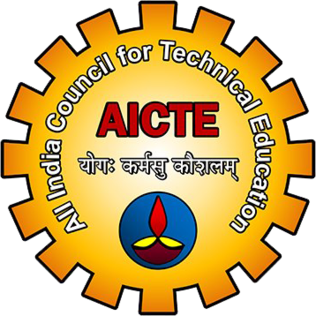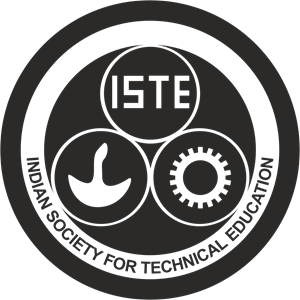Laboratory Resources
Computer Aided Design (CAD) refers to integration of computer science (or software) techniques in engineering design. CAD activities in this laboratory includes 2D/3D drafting, 3D modelling for visualization, Modelling curves, surfaces, solids, mechanism, assemblies, etc.
Computer-aided manufacturing (CAM) is the use of computer -based software tools that assist engineers and machinists in manufacturing or prototyping product components. Its primary purpose is to create a faster production process and components with more precise dimensions. CAM is a programming tool that makes it possible to manufacture physical models using computer-aided design (CAD) programs.
CAM activities in this laboratory includes acquiring working skills in CNC lathe and milling machines, learning G-Codes and M-Codes for CNC writing Programs using both simulator and CNC machine controls. Also, students are provided opportunity to develop their own CNC program for machining sample components as per the given 2-D drawing with dimensions.
In the industry, we use three methods for transmitting power from one point to another. Mechanical transmission is through shafts, gears, chains, belts, etc. Electrical transmission is through wires, transformers, etc. Fluid power is through liquids or gas in a confined space. Hydraulics and pneumatics have almost unlimited application in the production of goods and services in nearly all sectors of the country.
In this lab, every student will learn to design, construct and test pneumatics (compressed air) and hydraulics (pressurized oil) systems through hands-on learning. Using electronic control of hydraulic and pneumatic valves in the design and assembly of fluid power systems, students design, construct and test electronically controlled fluid power systems using programmable logic controllers (PLCs).
Hydraulic and Pneumatic Automation Technology technician positions for Diploma Engineering students including woman students exist with companies all over the world. More jobs than engineering graduates are available for Diploma Students in the fluid power industry like manufacturing, mining, fishing, wood products, food processing industries, etc. All exercises in this lab are focussed towards (i) training on industrial hydraulics, (ii) training on industrial pneumatics and (iii) training program on industrial control using Programmable Logic Controllers (PLCs).
Refrigeration and Air Conditioning Laboratory provides opportunity to the Diploma in Mechanical Engineering (Regular and Sandwich) students to practice and acquire training on operation, repair and maintenance of domestic and commercial refrigeration and air conditioning machines such as refrigerator, water cooler, window air conditioner, split air conditioner, package air conditioner, automobile air conditioning, etc. through setting and adjusting various systems such as thermostat units, Cut off unit, Thermostatic expansion valve unit, Automatic expansion valve unit and Sealed compressor with experimental setup. During the process of training, the students will also get exposure to the proper use of tools namely R & AC Mechanics tool set, tube cutter, Tube bender and spring, swaging tool, flaring block, flaring nut, pinching tool, capillary tube testing gauge and blow Lamp. In addition, students will also be provided opportunity to know about the proper use of R & AC service tools like gas cylinder with receiver valve and key, charging System, blow lamp, spring remover, service valve, leak detector, soldering and brazing kit, etc.
Machine tools are those machines that make machines and products for industrial purposes. The intention of the modern industry is to create several useful products in the minimum time, to achieve that purpose we should be careful about choosing the machine tools for machining. The three principal machining process such as turning, drilling, and milling are carried out using Lathe, Drilling and Milling machines respectively. These are the machine tools generally used in engineering workshops. The other machining process includes Shaping, planning, and broaching which are carried out using Shaper, Planer, Slotter and Broaching Machines.
Another group of material removal process is the abrasive processes, which mechanically remove material by the action of hard, abrasive particles. this process includes Grinding, honing, lapping and superfinishing. Finally, the nontraditional processes are also widely used for machining. These processes use various energy forms other than a sharp cutting tool or abrasive particles to remove materials. The energy form includes mechanical, electrochemical, thermal, etc. ad chemical.
All the above machine tools are operated manually or with semi-automatic or automatic control. Flywheels are used in these machines to stabilize their motion and had complex system of gears and levers to control the machine and the piece being worked on. After World War II, the numerical controlled (NC) machine was developed. Lately computers have been added and the Computerized Numerical Control (CNC) machines have allowed industry to produce parts quickly and accurately. The same part can be reproduced to the exact accuracy, any number of times using CNC if the part programme has been properly prepared. The operating commands that control the machine tool are executed with amazing speed, accuracy, efficiency, and reliability.






